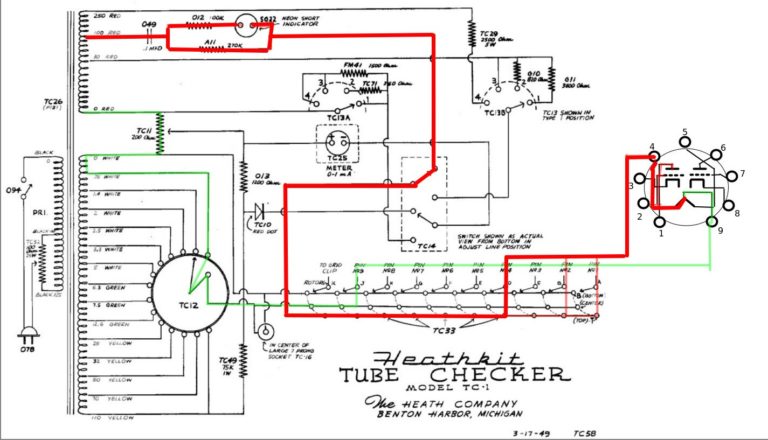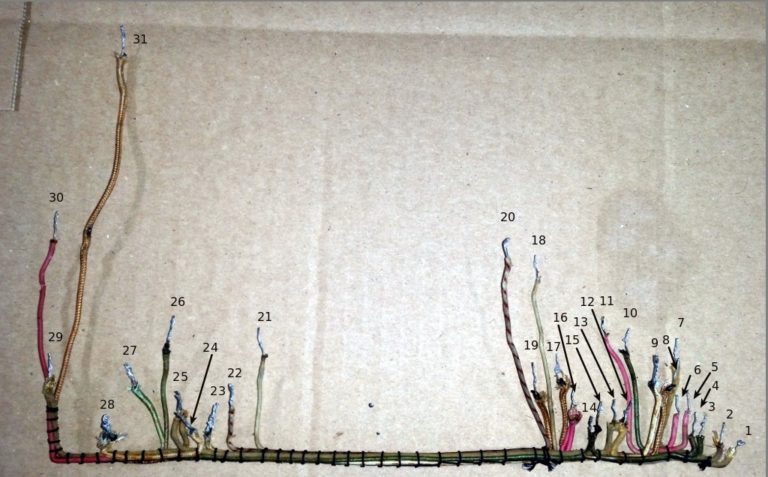Universal Component Tester

Universal Component Tester Filed in Universal Component Tester on Dec.31, 2018 While cleaning up some shelves in the shop last week, I came across one of those cheap little component testers that I bought from some forgotten vendor in the past. These are pretty convenient to identify unknown components and do a simple functionality test of all kinds of components. Universal Component Tester It came unmounted to anything, so I decided to stick it into a small metal box to protect it from dirt and dust as it sits on a shelf between uses. I have a stack of 24 little metal boxes that I bought surplus from another forgotten vendor. They are brand new, never used. A little bit bigger than a typical Altoids tin, but made out of the same thin metal. The back of the boxes shows that they were intended to package some tobacco product. But again, they were never used, so no smell associated with them. I guess they could be considere...








